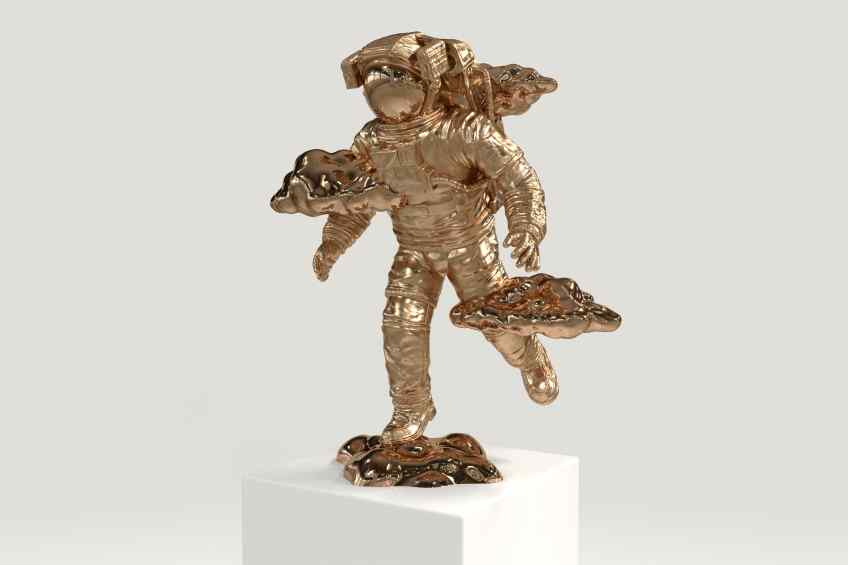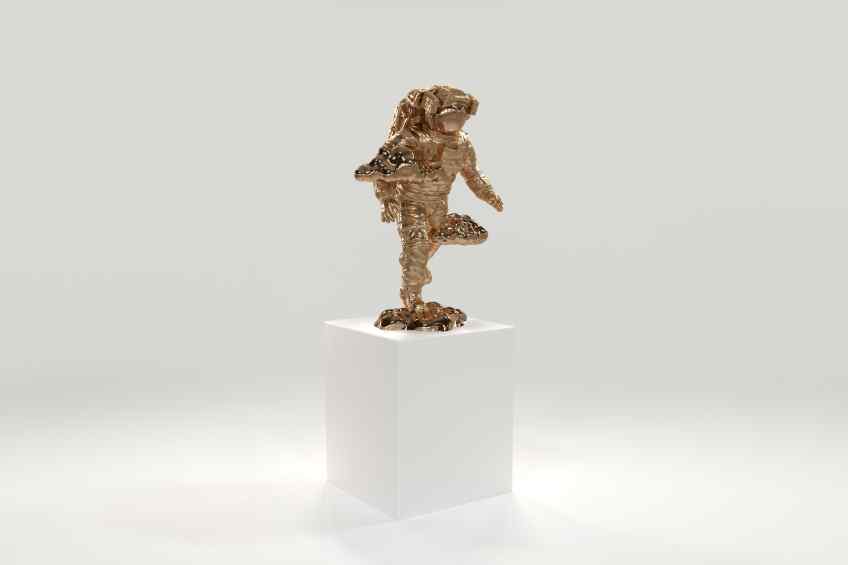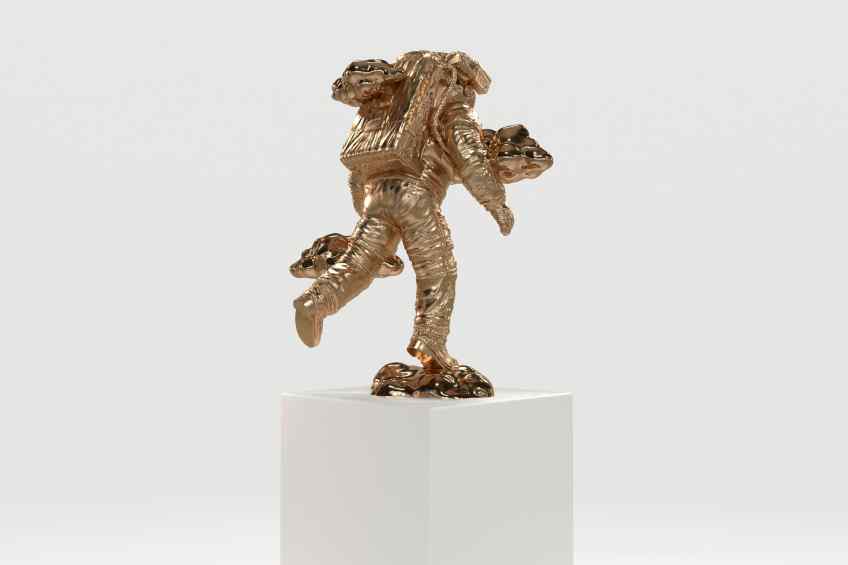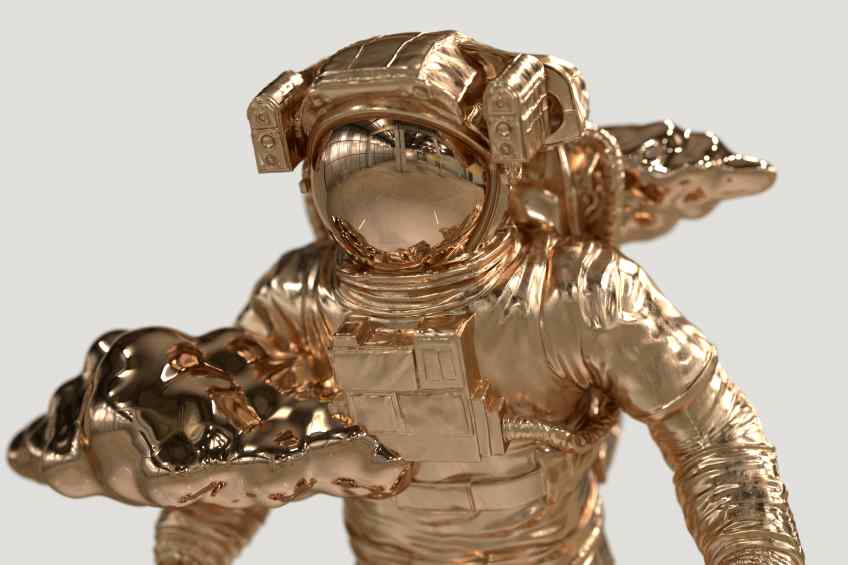Other views of Beyond the Clouds - Sculpture (polished and brushed bronze)




Description of Beyond the Clouds - Sculpture (polished and brushed bronze)
Introducing “Beyond the Clouds”, the latest sculpture by the Dutch contemporary artist Joseph Klibansky, born in Cape Town, South Africa, 1984. This most recent piece is part of the revered astronaut themed series, a set of works that has given Klibansky prominance in the art world.
Klibansky is celebrated for his colossal sculptures that delve into the contemporary society in which we reside, transmuting common icons into striking and unexpected forms. Since 2009, the astronaut has appeared in several of his works and rapidly ascended to become his most acclaimed series. As part of a cohort of artists pioneering new interpretations of art and installations in an era saturated with media, Klibansky utilized his spacemen to introduce numerous recurring themes on a massive scale, including human dreams and desires, cultural expression, technical and scientific progress, and the omnipotent influence of art as a means of communication.
However, in his latest creation, the artist presents a far more introspective contemplation on the human psyche. Despite the sculpture's considerable size and weighty bronze composition, “Beyond the Clouds” does not come across as a static, standalone figure. Rather, it exudes the impression of a weightless entity in motion: the leg is extended forward, the head slightly lowered, and the arms open, providing balance as the astronaut floats amidst the clouds.
Within this dreamlike composition, the astronaut exudes a sense of serenity, unencumbered by earthly concerns while journeying from our planet to the cosmos. Travel and transformation are central themes in Klibansky's works, with the voyage often associated with an inner experience that leads to positive metamorphosis.
“Beyond the Clouds” underscores Klibansky's continued fascination with inner transformation, human aspirations, and desires. Through the power of symbolism, the artist infuses the clouds in his work with narrative. Comprised of water and air, clouds are also emblematic of celestial mobility, as many gods and immortals utilized them as a mode of transport.
When viewing this sculpture, one can perceive the astronaut as the wandering immortal. While we know that a human resides within the spacesuit, once the visor shuts and the face is concealed by the glistening, reflective material, it transforms from a person to a figure that symbolizes and represents the human race in worlds far beyond our own, while embodying our intrinsic desire to discover the unknown. Even though the path may not always be clear, “Beyond the Clouds” invites us to dream and transcend our earthly boundaries.



